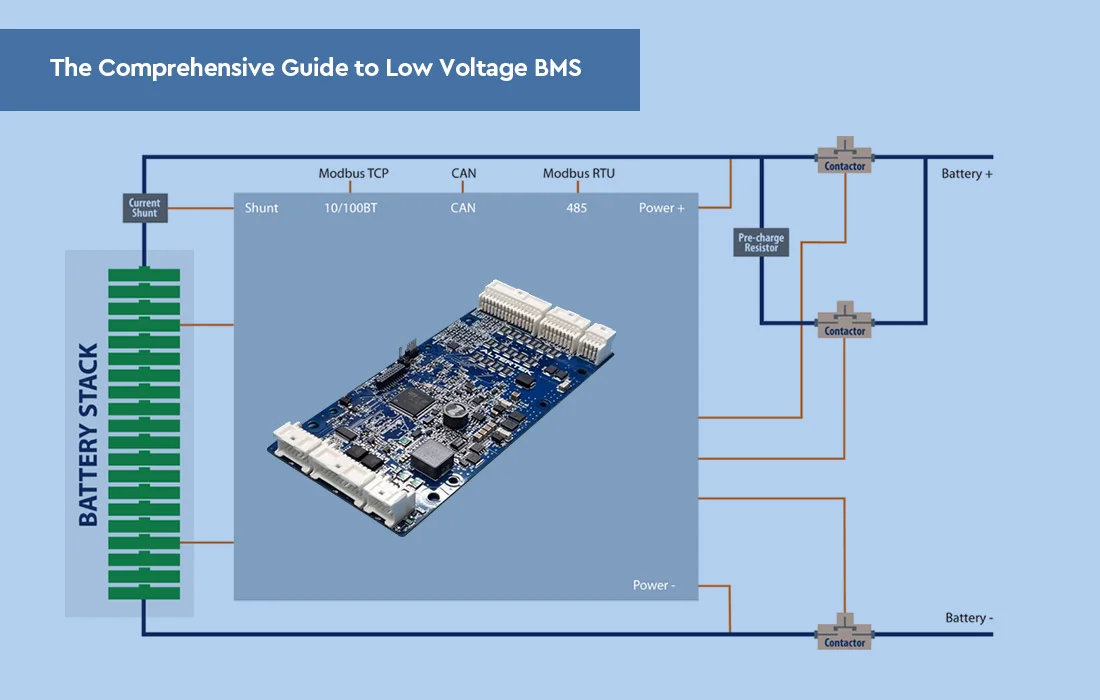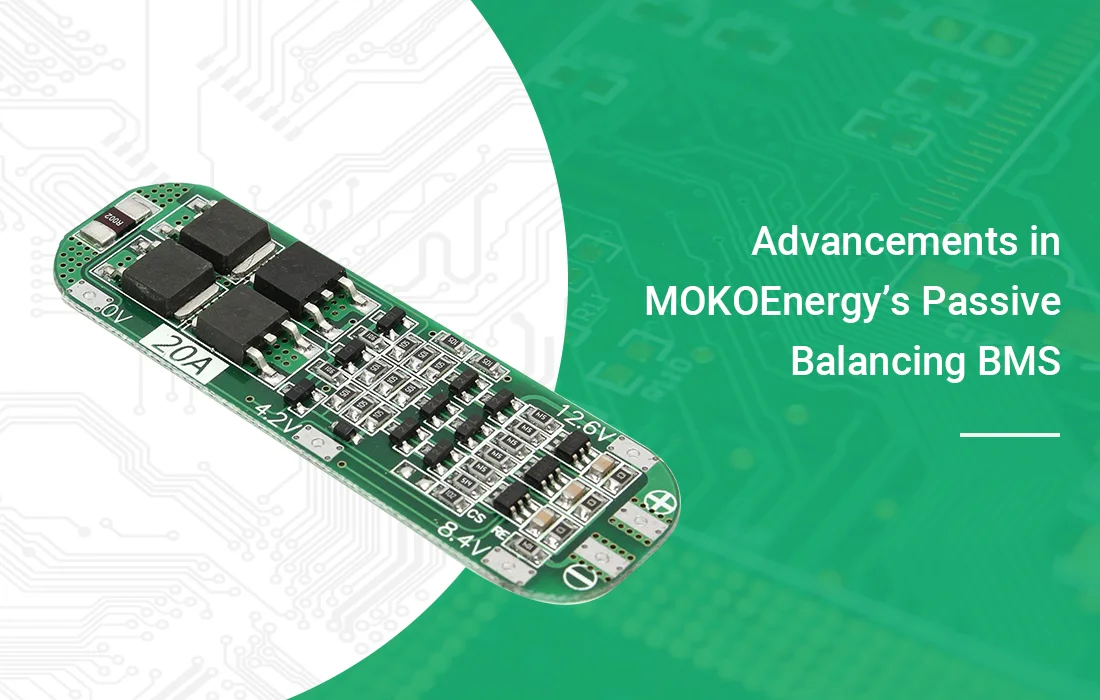The method of BMS battery current measurement is to satisfy:
(1) Ensuring safety;
(2) Record abuse information;
(3) For battery pack SOC and SOH estimation.
Nowadays, there are two mainstream measurement methods: shunt and Hall effect elements.
- The shunt functions by generating voltage at both ends of a resistor when DC current flows through it. Essentially, it is an extremely low-resistance resistor. Measurement is simple and DC measurement accuracy can be relatively high. The main features are:
(1) The power supply and measurement are separated, generally four-wire system, using a Kelvin connection;
(2) The shunt has no offset at zero current and is basically unaffected by temperature, which avoids the drift caused by the coulometer (but there is a possibility that the measurement circuit may introduce the offset);
(3) The shunt is not separated from the battery pack; if separation is used, additional extra circuitry is required;
(4) The resistance of the shunt varies with temperature; temperature measurement and calibration of the opposition must be performed;
(5) The shunt itself has an energy loss, which is dissipated in the form of heat;
(6) The sensor is a small signal that needs to be amplified for acquisition and the line needs to be protected against EMI. - Hall effect sensors identify the magnetic field generated by electric current traveling within a wire. Hall current sensor products are widely used in aviation, aerospace, communications, instrumentation, metallurgy, railroads, and other military and civilian fields due to good accuracy and linearity, high isolation of the detection voltage from the output signal, high reliability, low power consumption, and easy maintenance and replacement. The main features are:
(1) The Hall effect sensor is isolated from the battery pack current, so no special isolation circuit is required;
(2) In order to prevent the sensor hysteresis phenomenon, a feedback circuit is required;
(3) The Hall effect sensor is subject to offset at zero current, and the current varies with temperature. Even when calibrated to zero at room temperature, a small current remains when the temperature changes; frequent calibration is required.
MORE: How do you “activate” the BMS after putting the battery in?




